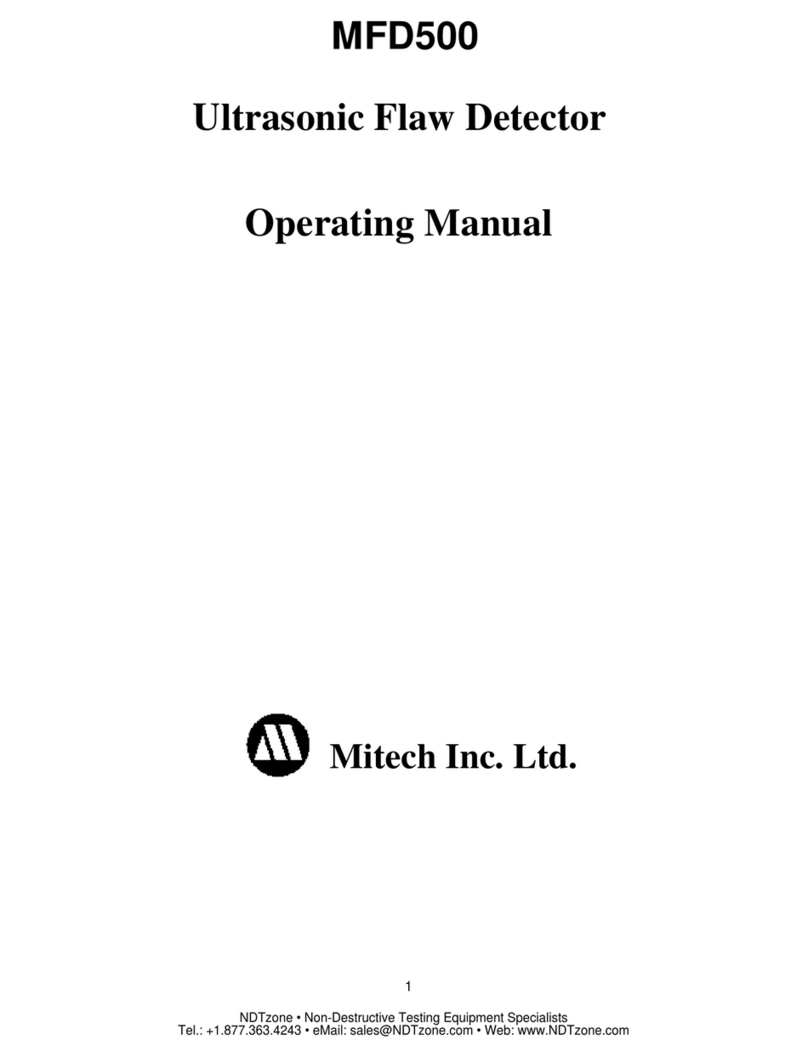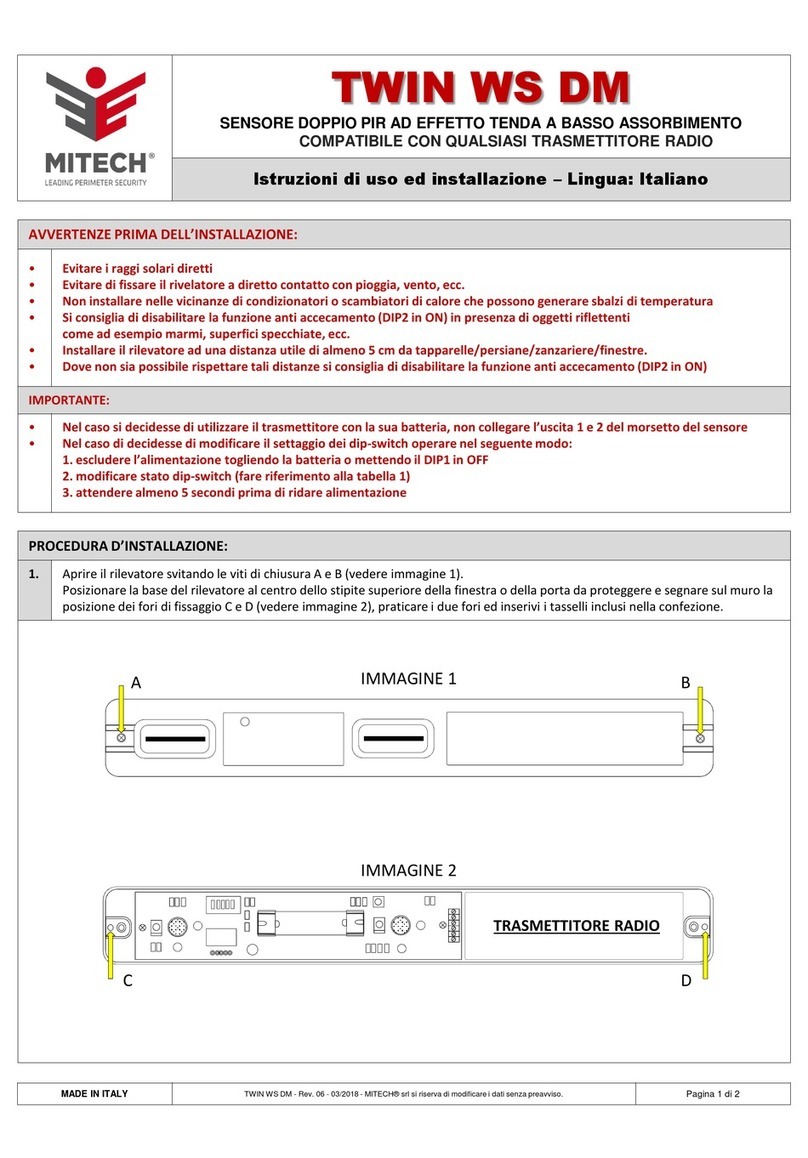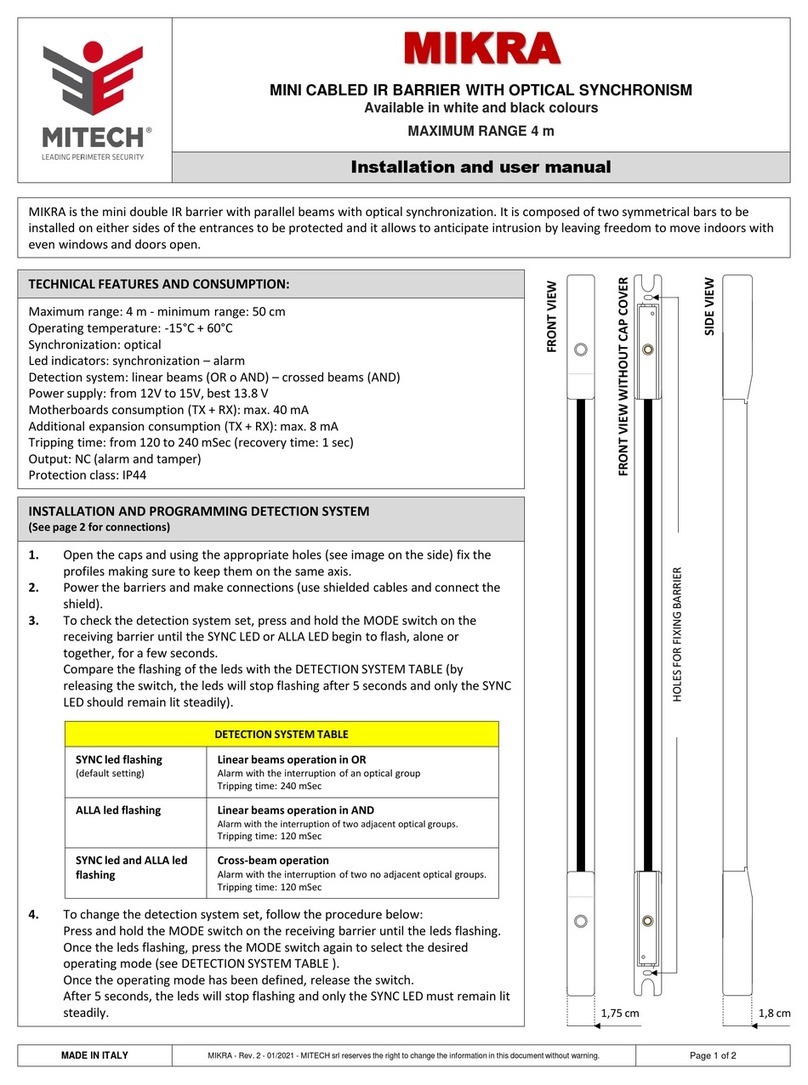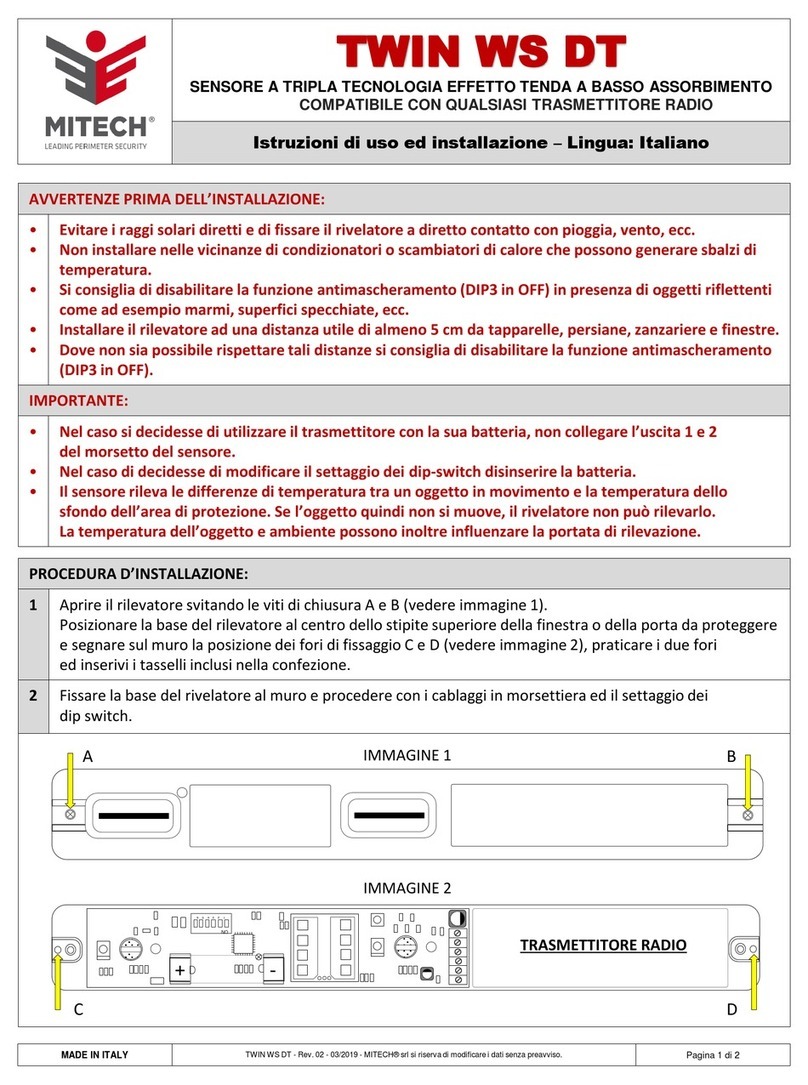CONTENTS
1 Introduction...........................................................................................................................................................3
1.1 Features of the Instrument...........................................................................................................................3
1.2 Specifications................................................................................................................................................. 4
1.3 Instrument Standard Configuration............................................................................................................ 5
2 Understanding the Keypad, Menu System and Display...........................................................................5
2.1 Structure Feature...........................................................................................................................................5
2.2 Screen Display............................................................................................................................................... 6
2.3 Keys and Rotary Knob Features.................................................................................................................8
2.4 Menus and Functions....................................................................................................................................9
2.5 Alarm Lights....................................................................................................................................................9
3 Initial Start-up....................................................................................................................................................... 9
3.1 Power Supply................................................................................................................................................. 9
3.2 Connecting a Probe.................................................................................................................................... 10
3.3 Starting the Instrument............................................................................................................................... 10
4.0 Operation......................................................................................................................................................... 10
4.1 Adjusting the Display Range..................................................................................................................... 10
4.2 Setting the Material Velocity...................................................................................................................... 10
4.3 Setting the Display Delay...........................................................................................................................10
4.4 Selecting the Probe Test Mode................................................................................................................. 11
4.5 Selecting a Rectification Mode.................................................................................................................. 11
4.6 Setting the A-Scan Reject Level............................................................................................................... 11
4.7 Setting the Gain........................................................................................................................................... 12
4.8 Changing the Gain-Adjustment Increment (DB STEP).........................................................................13
4.9 Auto Gain Feature....................................................................................................................................... 13
4.10 Configuring the Gates.............................................................................................................................. 13
4.11 Setting the Damping Level.......................................................................................................................14
4.12 Setting the Pulse Energy Level.............................................................................................................. 14
4.13 Setting the Pulse Width............................................................................................................................17
4.14 Adjusting the Pulse Repetition Frequency (PRF)................................................................................17
4.15 Specifying the Probe Frequency............................................................................................................ 17
4.16 Specifying the Piezo Crystal Size.......................................................................................................... 17
4.17 Setting the Probe X-Value....................................................................................................................... 17
4.18 Probe Delay Calibration........................................................................................................................... 17
4.19 Setting the Angle of Incidence................................................................................................................ 17
4.20 Magnifying the Contents of a Gate........................................................................................................ 18
4.21 Freezing the A-Scan Display...................................................................................................................18
4.22 Setting the Display Grid........................................................................................................................... 18
4.23 Selecting Units...........................................................................................................................................18
































